In 2021, Singapore launched the Singapore Intellectual Property Strategy 2030 (“SIPS 2030”) to position itself as a global-Asia hub for technology, innovation, and enterprise, using IA/IP as key drivers for future economic growth.
SIPS 2030 is built on three key objectives:
- Establishing Singapore as a global hub for intellectual property (“IP”) activities and transactions;
- Attracting and nurturing innovative enterprises; and
- Creating high-quality jobs and developing expertise in the IP sector.
Recognising the growing importance of innovation and intangible assets (“IA”) in the global economy, a core goal of SIPS 2030 was to unlock the potential of IA and IP, enabling small and medium enterprises (“SMEs”) to maximise the value of their assets.
Objectives and Strategic Significance of the IDF 2023
One of the initiatives under SIPS 2030 is to create the Intangibles Disclosure Framework (“IDF”) 2023, launched on 4 September 2023 by the Intellectual Property Office of Singapore (“IPOS”) and the Accounting and Corporate Regulatory Authority (“ACRA”). As part of SIPS 2030’s “business” focus, the IDF 2023 aims to strengthen Singapore’s commitment to fostering a robust ecosystem for the valuation and reporting of intangible assets by:
- Establishing an IA/IP reporting framework (or model);
- Empowering SMEs to leverage IA/IP value through effective management and commercialisation of intangible assets;
- Boosting investor confidence with reliable quantifiable data on intangible assets; and
- Assisting companies in evaluating long-term growth prospects through effective management of intangible assets.
The IDF 2023 is built on four key pillars, each designed to align an enterprise’s management of intangible assets with its broader business strategy:
| Key Pillar | Description |
| Strategy | Align management of intangible assets with overall business strategy. |
| Identification | Identify and categorise intangible assets under 6 categories. |
| Measurement | Creating metrics to assess the performance of intangible assets in the business. |
| Management | How an enterprise may disclose how it identifies, assesses and manages the risks and opportunities related to its intangible assets. |
With SIPS 2030 reaching its midpoint, it is timely to assess the impact of IDF 2023 on SMEs and its effectiveness in meeting these objectives.
Challenges in Implementing the IDF 2023
While the IDF 2023 represents a significant step forward, its implementation faces challenges in adoption.
Lack of Clarity on the Type of Professionals Required to Support the IDF 2023
The IDF 2023 report is silent on the type of professionals required to assist business stakeholders to implement the framework in their businesses. Particularly, there is no indication of which profession would support the respective limbs in the IDF 2023 pillars or what skill sets these professionals should possess or develop.
As an illustration, to correctly reflect and quantify the value of intangible assets in an enterprise, the business owner would need at least:
- a legal professional to assess the legal instruments related to the commercial deployment of intangible assets;
- a professional valuer to evaluate those findings and provide a monetary representation of those intangible assets; and
- a tax professional to conduct a sense check in terms of areas such as ‘economic ownership’ to understand the defensibility of the monetary value assigned to such intangible assets.
Hence, it may be unrealistic to expect the business stakeholders to take on the implementation internally without specialist help.
Lack of Awareness
Many companies remain unaware of the IDF 2023, its implementation process, and its benefits. Without a clear understanding of the value of intangible assets and the advantages of valuation and disclosure, businesses lack the incentive to adopt the IDF 2023.
Costs of Implementation
SMEs may hesitate to incur costs for conducting key performance indicator (“KPI”) surveys and commissioning reliable external reports. Without a clear appreciation of the value of intangible assets, these additional expenses may be seen as an unnecessary burden.
Quantifiability of Intangible Assets Portfolio
Companies like TikTok and ImmunoScape have applied the IDF 2023, demonstrating its viability in articulating a company’s value proposition based on its intangible assets portfolio.
However, to fully realise the potential of the IDF 2023, practical improvements are needed to translate these high-level value statements into tangible, quantifiable figures. (See above regarding professional support). Strengthening this aspect is essential to solidifying the framework’s role in intangible asset valuation and bolstering investor confidence.
Propelling the IDF 2023 towards Achieving its Intended Goals
Globally, intangible assets valuation and reporting remain in their early stages. No jurisdiction has yet established a dedicated intangible assets-specific disclosure framework, making the IDF 2023 a bold and significant milestone in showing the possibilities forward for the ecosystem.
To ensure the IDF 2023 robustly achieves its intended objectives, businesses should be made more aware of IP Grow, a complementary initiative that provides SMEs with access to IP/IA service providers and experienced professionals and specialists. Encouraging SMEs to participate in programs such as the IP Business Clinic, integrated into GoBusiness IP Grow, can offer practical guidance to help them identify and unlock the value of their intangible assets.
By leveraging these initiatives, several challenges currently faced by the IDF 2023 can be addressed, particularly through:
Professional Support
Developing the right people to do the jobs required in supporting the development and implementation of IDF 2023 in businesses.
Increased Awareness
The IP Grow related initiatives can serve as a medium to educate SMEs about the value-creation potential of intangible assets and the benefits of implementing the IDF 2023. Raising awareness of its components and significance will be key to encouraging broader adoption.
Simplified Preparatory Processes
Developing simplified guidelines and checklists for SMEs participating in IP Grow programs, as well as for any SMEs looking to implement the framework, can help them undertake the preparatory steps needed to compile their intangible assets portfolio.
Enhance Support and Self-Sufficiency amongst IDF 2023 Users
Providing ongoing support and training to SMEs on how to work with professionals to conduct regular assessments of their intangible assets portfolio — such as through audits, can ensure continuous and effective use of the framework. A key approach is to educate SMEs on how professionals from various professional fields may interact and coordinate project management to provide the desired outcomes under IDF 2023.
Building a Strong Foundation for Intangible Assets Valuation
It is a positive sign that the Singapore Government’s Committee on the Future Economy has already recognised business valuation as a high-growth area, highlighting the growing significance of intellectual property in business strategy. As mentioned, what the IDF 2023 requires is an enhanced capability in designing initiatives that would enable all stakeholders to work together and tag tangible financial value to intangible assets. This will not only create stronger incentives for investors but also help businesses more effectively identify, showcase, and leverage their intangible assets.
Perhaps, steps should be taken to promote deeper collaboration through the adoption of international valuation standards set by leading business valuation bodies, such as the International Valuation Standards Council (“IVSC”) and the Institute of Valuers and Appraisers, Singapore (“IVAS”). Specifically, the valuation aspect of the application of the IDF 2023 may align with globally recognised standards, including ISO 56005:2020 (which provides guidance on intellectual property management tools) and IVSC’s IVS 210 (which ensures consistency and transparency in valuation processes). This will not only strengthen Singapore’s position in the global intangible assets valuation landscape but also distinguish the IDF 2023 from emerging intangible assets valuation frameworks.
Despite the challenges above, the IDF 2023 marks a crucial step toward fostering a transparent and innovation-driven business environment in Singapore. Its successful implementation will play a vital role in shaping future strategies, investment decisions, and economic growth. As the professional and business communities continue to adapt to this new paradigm, the emphasis on intangible assets will become increasingly integral to corporate decision-making, reinforcing the importance of robust disclosure practices.


